The particularly serious consequences of the recent capsize of the Green Bay 58 tourist boat in Ha Long Bay have left behind much pain and sorrow. However, when the last victims have all “returned” to their families, the waves and the sky in the heart of the heritage have returned to peace, it is also the time when the fleet of ships operating on fixed routes to visit the bay, even many 5-star cruise ships are in dire straits after the “disaster.”
The abundance of negative or inaccurate news on social media has left tourists confused. They want to know how the authorities will respond to natural disasters, what the risk handling process is, and more importantly, what the commitment is to respond quickly and immediately when an incident occurs to minimize unwanted consequences. Only then will tourists feel secure to set out on their journey.
Complete safety procedures
Although foreign tourists were not affected much because the international tourist peak season has passed, the number of domestic tourists booking tours to the bay has decreased by 50%-80% compared to the time before the accident, and even groups of dozens of tourists decided to ask for their deposits back, mainly due to concerns. These are truly “telling numbers” provided by the cruise operators.
A representative of a travel company specializing in overnight services on the bay said the incident not only affected the day cruises, but also the entire fleet of 5-star cruise ships. As a result, nearly 50% of their domestic guests requested refunds or rescheduled their trips.
Regarding this incident, Deputy Director of the National Tourism Administration Pham Van Thuy said that when the incident occurred, Quang Ninh province immediately took action, and the handling was carried out by the entire industry according to the "four on-site" motto including: On-site command, on-site forces, on-site means and supplies, and on-site logistics.
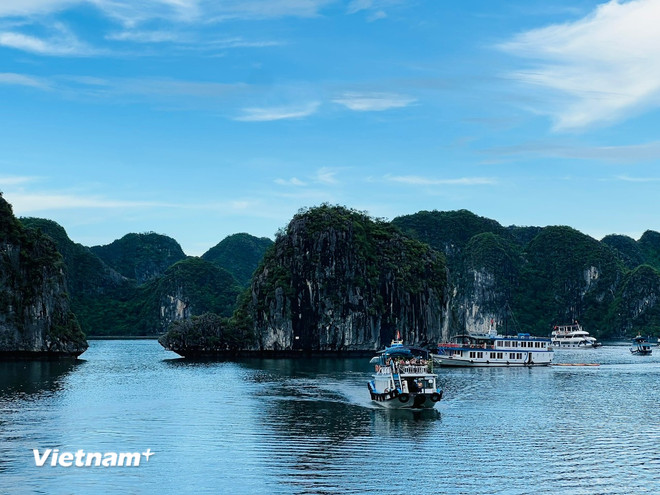
On the same day, July 19, the Ministry of Culture, Sports and Tourism also promptly issued an official dispatch directing to focus on drastic response and coordinate with localities to overcome the consequences of the ship capsize. The Department also held an urgent online meeting with relevant units, assigning officers in charge of each focal point to directly go to the scene to coordinate the handling.
Authorities have taken action, but in reality, the shipwreck has left behind too much loss and grief, not only for the dozens of families whose loved ones died, but also created a psychological shock that spread throughout the tourist community. A series of sea tours were canceled, many people declared that they would not dare to go to sea again, and many businesses were confused in their dialogue, reassurance, and communication with customers.
At the regular press conference for the second quarter of 2025 of the Ministry of Culture, Sports and Tourism held last week, Chief of Office of the Ministry, Mr. Cao Le Tuan Anh emphasized that the capsized ship of the Green Bay 58 is a warning for authorities, those working in the tourism sector, ship owners and crew members to complete safety procedures.
“Safety procedures must be issued right from the moment you get off the ship. To do this, the coordination of many related units is required,” Mr. Cao Le Tuan Anh affirmed.
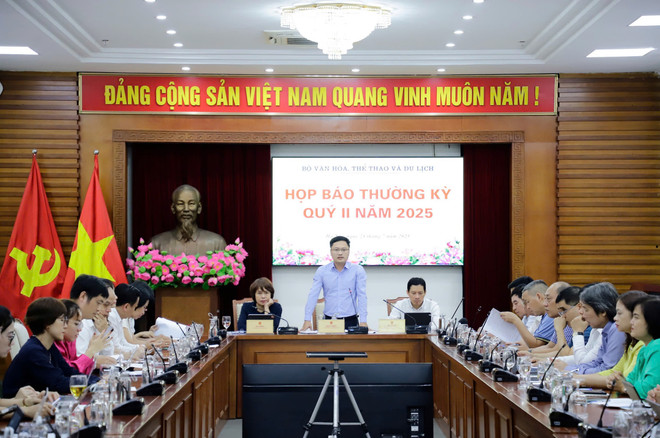
Don't wait for a crisis to act.
Experts say that with an international tourist destination and a world heritage site, this incident requires a strong and drastic revolution in management, inspection, and rescue in the 4.0 era.
Digitalization in the maritime transport sector must be monitored in real time via GPS, AIS directly connected to the Control Center such as the airport. That way, when the ship loses signal, the system will immediately sound an alarm, and the on-duty staff on land, if unable to contact the captain, will activate the emergency rescue procedure.
In particular, the tourism industry must protect the lives of tourists with a modern rescue system with full life rafts, diving equipment, cranes, medical equipment, and even helicopters without delay and with the utmost precision. Only when the rescue process is transparent can tourists feel secure on board. Because every minute when an incident occurs, the line between life and death is shortened.
After the human losses, the “disaster” of the capsized ship Bay Xanh 58 also caused a crisis of confidence, and a warning about risk management in sea tourism. Having operated an adventure tourism company for more than ten years in complex terrains from the forests and mountains of Ha Giang, Ha Long Bay to the Mekong River or offshore islands, CEO of Mekong Rustic, Mr. Nguyen Ngoc Bich said: “Don’t wait for a crisis to act, take precautions first.”
According to this expert, most tourism businesses today only have service operation procedures, but do not have a real risk management system, nor solutions to handle media crises in sea tourism.

Therefore, according to him, each unit needs to answer the following questions in advance: “If there is a thunderstorm warning, who decides to stop the tour? When there is an incident, who is responsible for communication? Who is the spokesperson? Is there a scenario to simulate the worst case scenario? Are the staff trained periodically?”
It’s not always about being quick, it’s about showing empathy and responsibility. A message like “We followed the right procedures” in the recent incident can easily be interpreted as an excuse. On the contrary, a heartfelt message like “We are heartbroken and are taking action to better protect our guests” can help soothe the community at that time.
According to Mr. Ngoc Bich, units need to have a map of tourism risks during the rainy and stormy season; update tour safety indexes with weather information, ship inspections, and rescue procedures. Because tourists have access to transparent information, they will feel secure and trust the service. Customers do not need a cheap tour, but need a commitment to safety.
“Trust is easy to lose and hard to keep, but it can be restored if we are sincere. I hope that tourism businesses, especially sea tour operators, will act together, not blame, and consider safety as a core value, not a procedure. Only when the entire tourism ecosystem is responsible can the entire industry overcome the crisis and rebuild public trust. Instead of avoiding the question 'Is going to sea still safe,' proactively answer 'What are we doing to ensure that each journey returns intact,'" Mr. Ngoc Bich emphasized./.

Source: https://www.vietnamplus.vn/du-lich-bien-quang-ninh-lam-sao-lay-lai-niem-tin-sau-su-co-vinh-xanh-post1052904.vnp


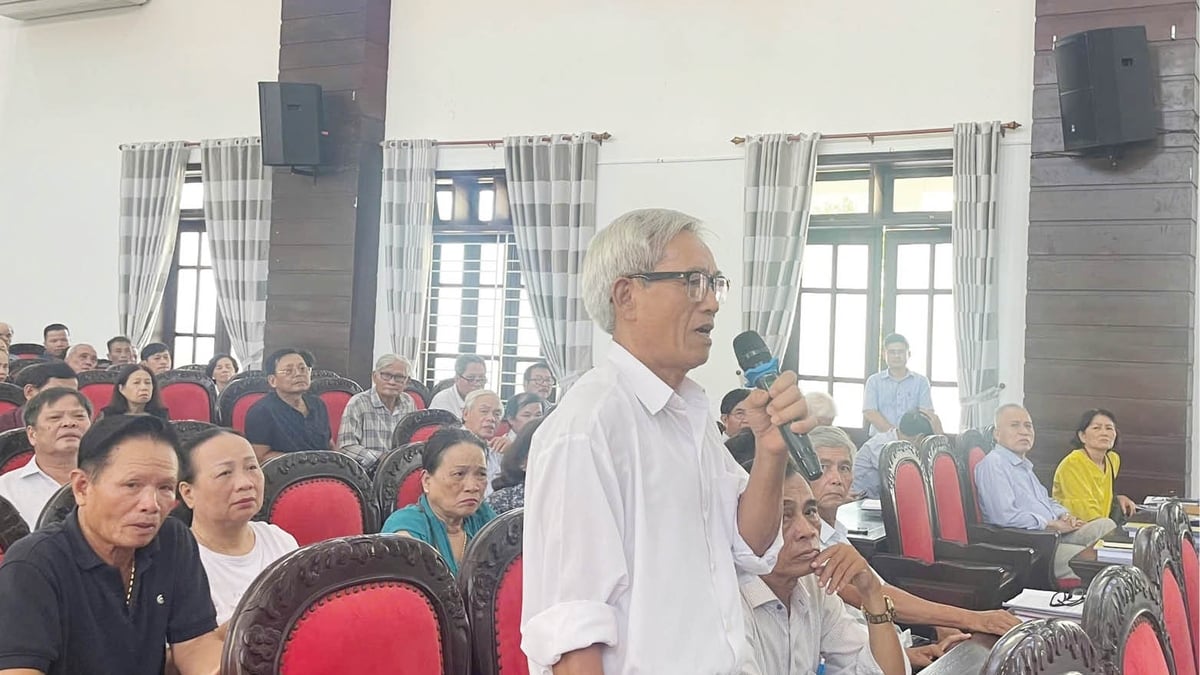
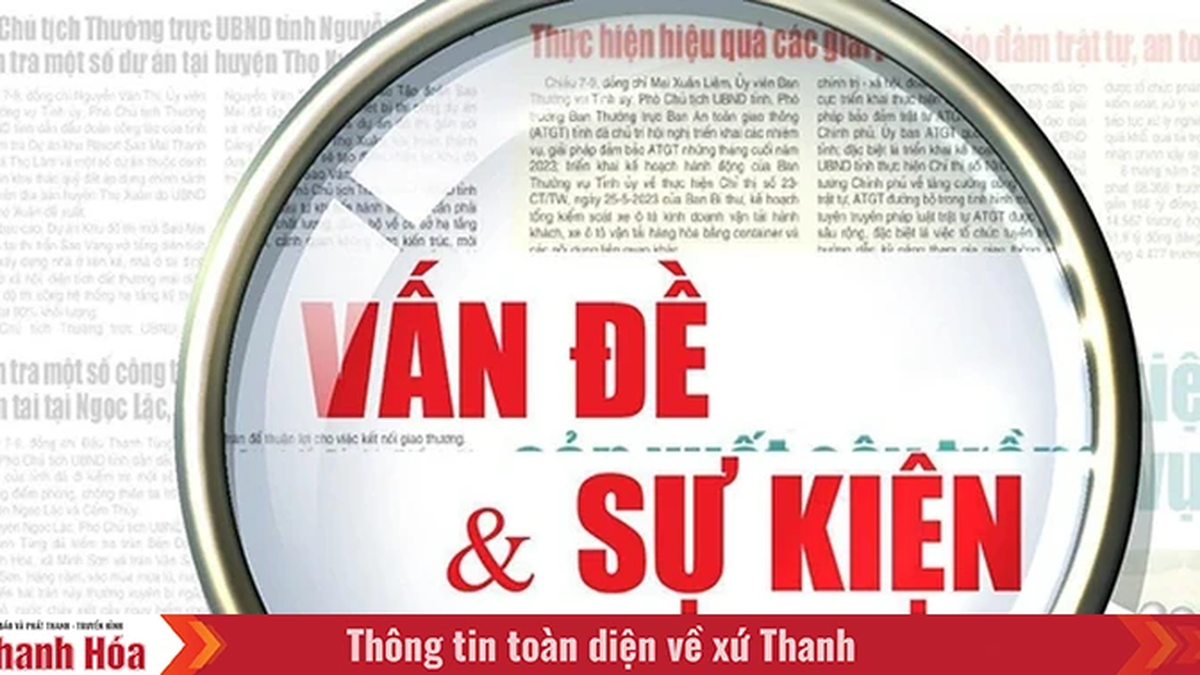
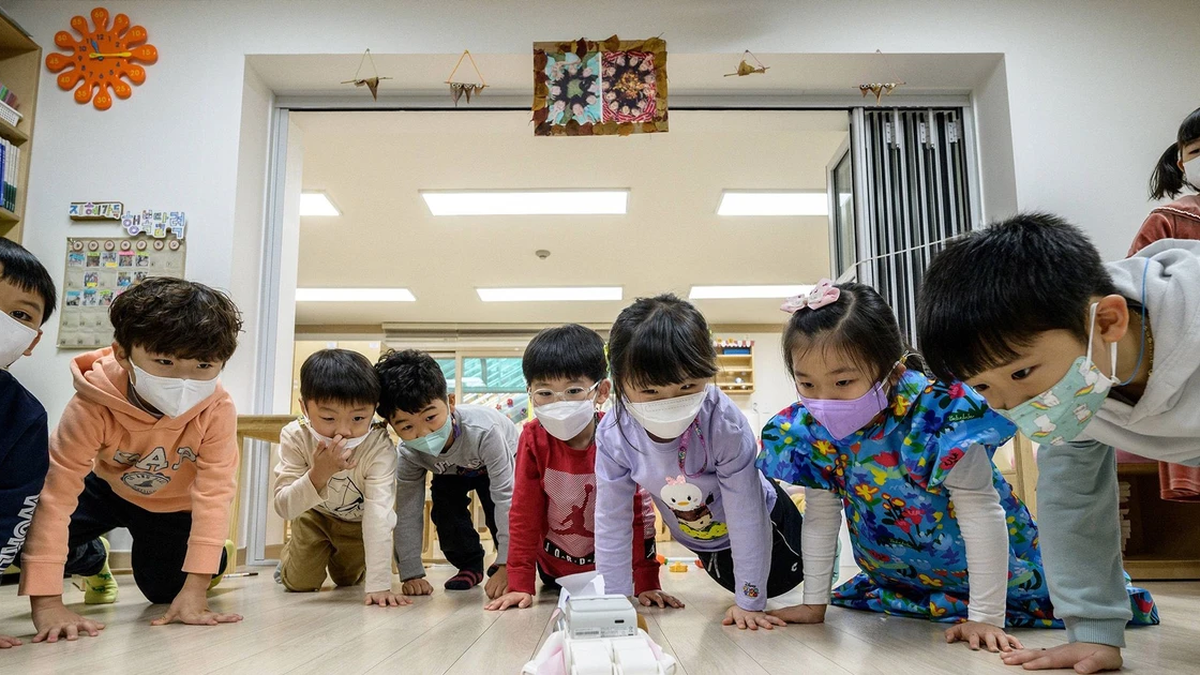

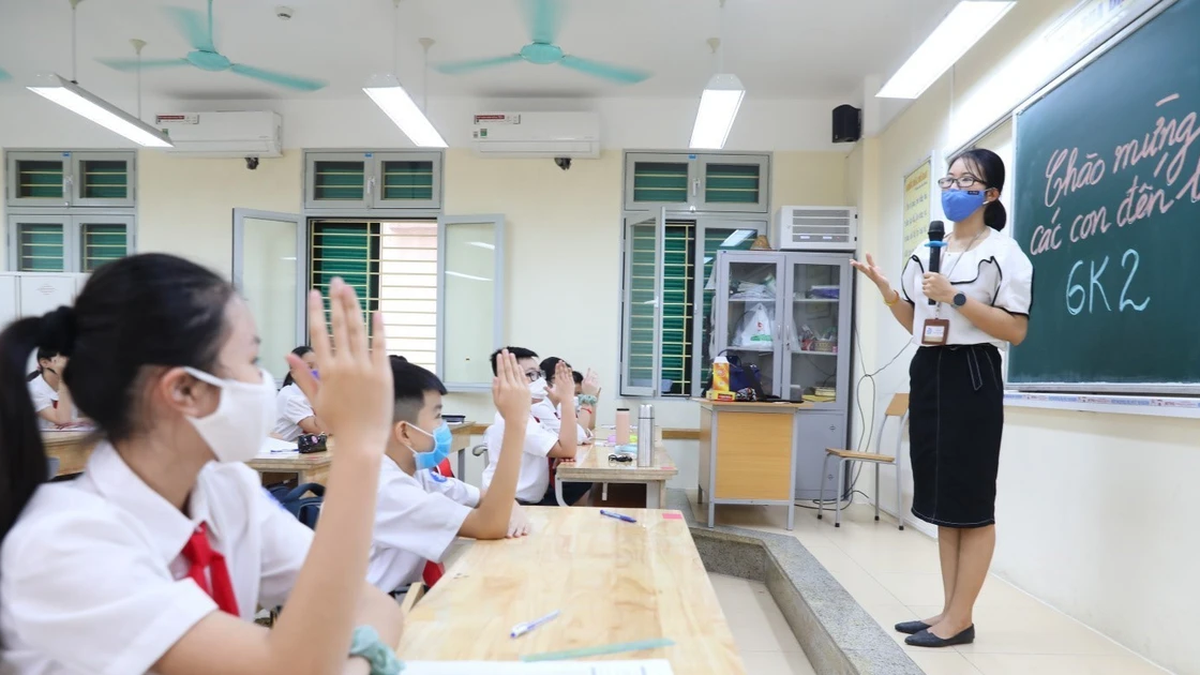

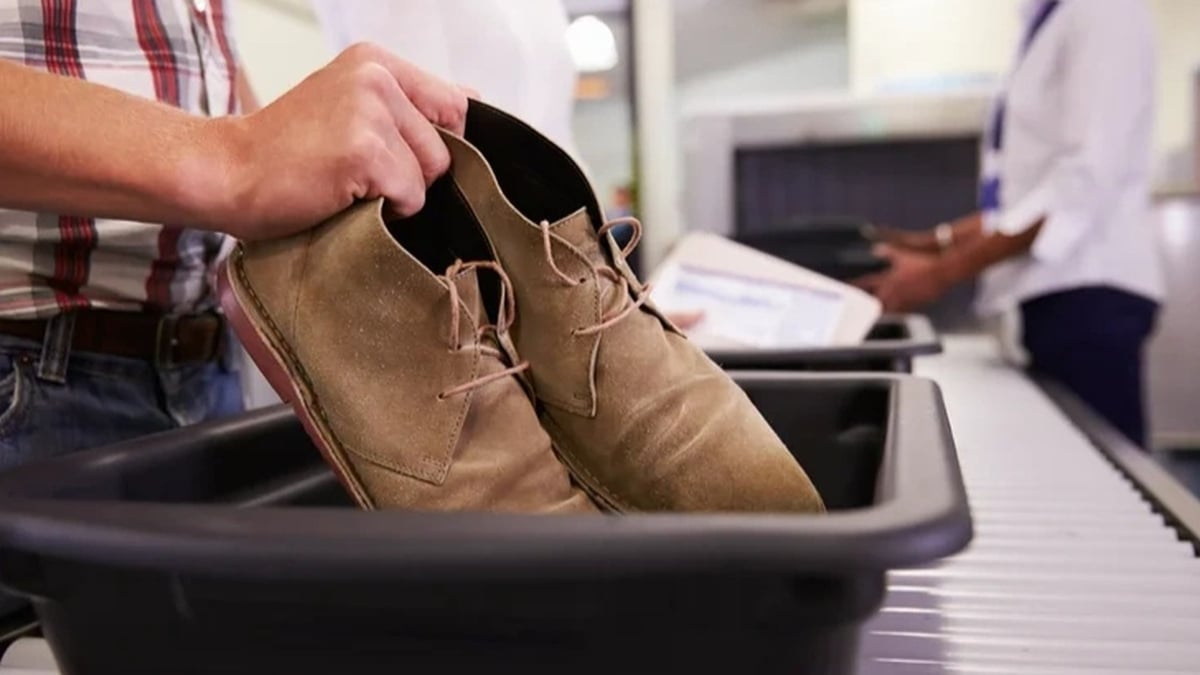

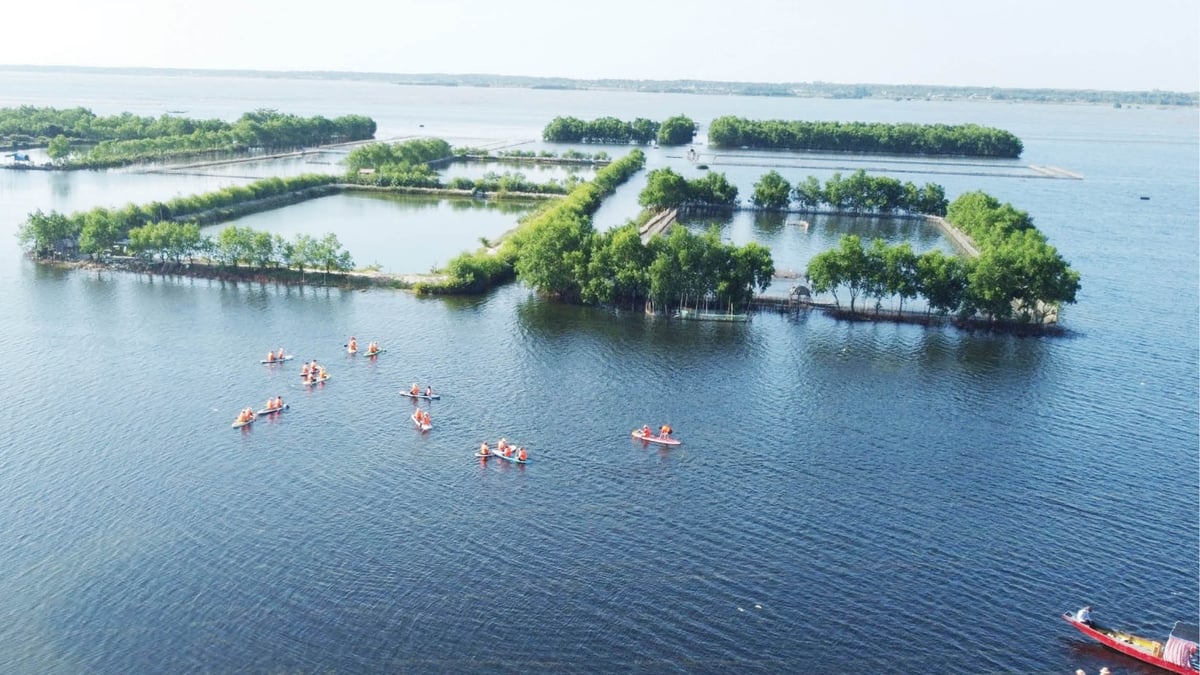


























































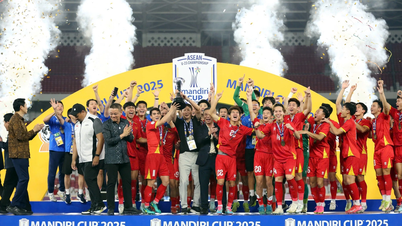




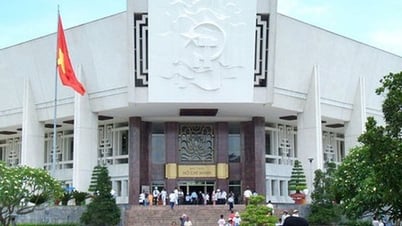



























Comment (0)